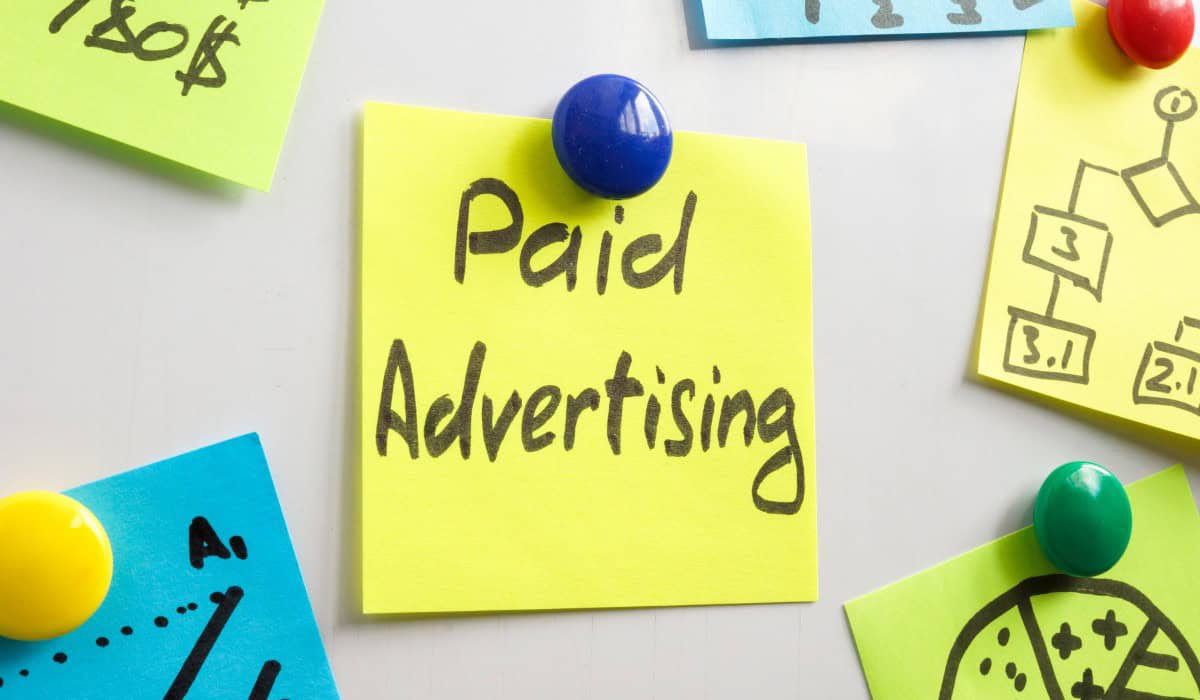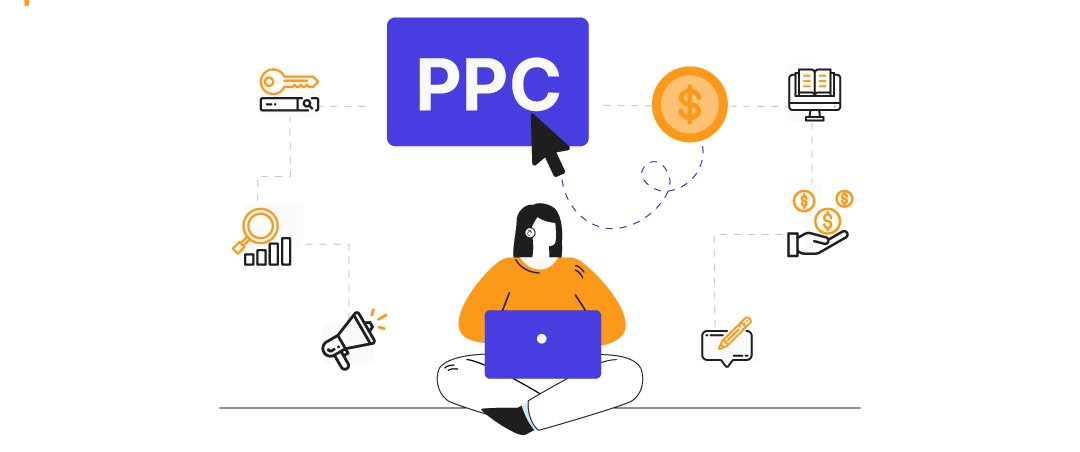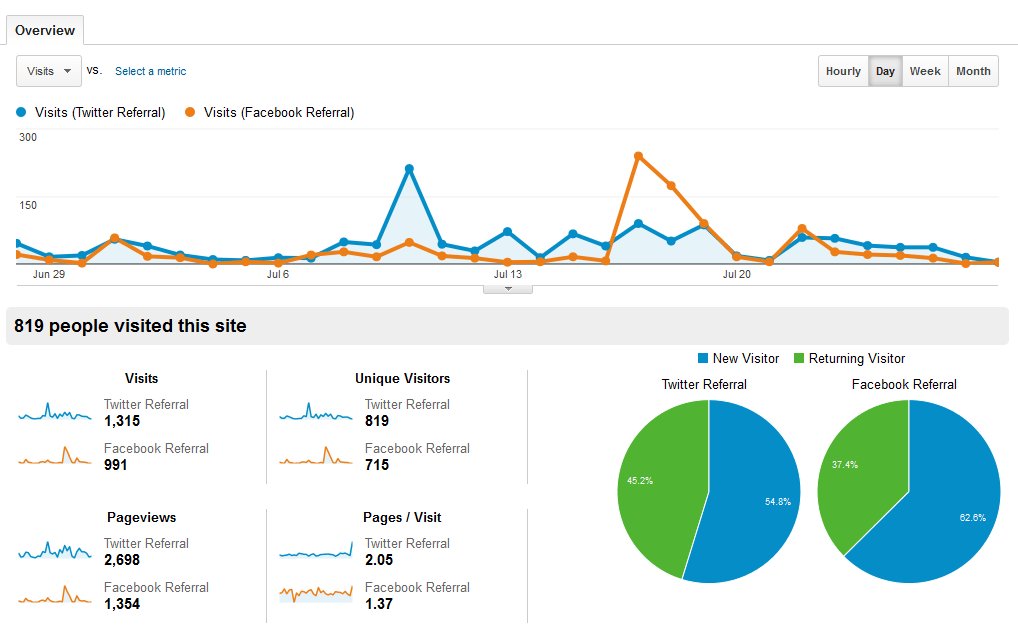
How to Run High-Converting Paid Ads for Retail
In today’s tough retail world, paid ads are a great way to bring in traffic, boost sales, and build brand awareness. To get the best ROI, you need a strong strategy. This is true for retail PPC campaigns, Google Ads for stores, and social media promotions. This guide will cover key steps to create successful paid ad campaigns for retail businesses.
Quick Guide: How to Run High-Converting Paid Ads for Retail
- Key Steps for Retail Ad Success:
- Set clear goals and choose the right platforms (Google Ads, Facebook, Instagram, etc.).
- Use PPC campaigns with effective keyword targeting and ad extensions.
- Leverage retargeting ads to bring back potential customers.
- Create visually appealing social media ads with clear CTAs.
- Monitor and optimise ad performance regularly.
- Top Paid Ad Strategies:
- Retail PPC: Use Google Shopping, search, and display ads to attract buyers actively searching for products.
- Social Media Promotions: Run dynamic product ads on Facebook and Instagram for personalised offers.
- Retargeting Campaigns: Re-engage website visitors with special deals or cart reminders.
- Optimisation Tips:
- A/B test ad creatives, headlines, and CTAs regularly.
- Use automated bidding strategies for improved ROI.
- Leverage negative keywords to reduce wasted ad spend.
Pro Tip:
Use dynamic remarketing ads to display personalised product recommendations. This increases conversion rates by reminding users of the products they previously viewed.
Important Tip:
Track key metrics like CTR, ROAS, and conversion rates. Use tools like Google Analytics and Facebook Business Manager to gain insights and refine your ad strategies for better performance.
1. Understanding the Role of Paid Ads in Retail
Paid advertising enables retailers to reach their target audience quickly and effectively. The primary benefits include:
- Instant Visibility: Appears at the top of search results and social media feeds.
- Targeted Audience Reach: Show ads to people most likely to convert.
- Scalability: Increase or decrease ad spend based on performance.
- Measurable ROI: Track clicks, impressions, and conversions in real time.
- Competitive Advantage: Stand out against competitors by appearing in premium ad placements.
- Brand Authority: Repeated ad exposure reinforces brand recognition and trust.
To make successful retail ads pick the right platforms. Set clear goals, and keep improving performance.
2. Setting Up Retail PPC Campaigns

Retail PPC campaigns (pay-per-click) mean you bid on keywords. This way, your ads show up in search results when users search for related products. Google Ads is the most popular PPC platform for retailers.
a) Keyword Research for Retail PPC
- Use Google Keyword Planner to identify high-intent keywords.
- Focus on commercial keywords (e.g., “buy sneakers online” vs. “best sneakers 2024”).
- Target long-tail keywords for better conversion rates.
- Optimise for branded vs. non-branded keywords.
- Conduct competitor research to discover high-performing keywords.
b) Structuring Your Google Ads for Stores
- Search Ads: Appear at the top of Google’s search results.
- Shopping Ads (Google Merchant Center): Display product images, prices, and ratings.
- Display Ads: Show banner ads on relevant websites.
- Remarketing Ads: Target users who have visited your website but didn’t convert.
- Local Search Ads: Target potential customers near your physical store location.
c) Writing High-Converting Ad Copy
- Include primary keywords in headlines and descriptions.
- Use clear calls-to-action (e.g., “Shop Now,” “Limited Offer”).
- Highlight unique selling points (e.g., “Free Shipping,” “30-Day Returns”).
- Add ad extensions (location, promotions, reviews) for better engagement.
- Personalize messaging for different audience segments.
3. Running Effective Social Media Paid Promotions

Retailers use paid promotions on social media to reach their target audience. They advertise on platforms like Facebook, Instagram, TikTok, Pinterest, and LinkedIn.
a) Choosing the Right Social Media Platform
- Facebook & Instagram Ads: Best for broad audience targeting and dynamic product ads.
- TikTok Ads: Ideal for engaging younger audiences with video content.
- Pinterest Ads: Great for promoting lifestyle and fashion products.
- LinkedIn Ads: Effective for B2B retail brands and professional services.
- Snapchat Ads: Useful for targeting younger demographics with immersive content.
b) Creating Engaging Ad Content
- Use high-quality images and videos to grab attention.
- Implement carousel ads to showcase multiple products.
- Utilise story ads for immersive, full-screen experiences.
- Experiment with user-generated content (UGC) to build trust.
- Create shoppable posts that allow users to purchase directly within the app.
- Leverage influencer collaborations for authentic content.
c) Targeting the Right Audience
- Use custom audiences based on website visitors and email subscribers.
- Leverage lookalike audiences to reach new potential customers.
- Apply geo-targeting to drive foot traffic to physical stores.
- Test different demographics, interests, and behaviours for better ad performance.
- Retarget past customers with new product promotions.
4. Optimizing Ad Spend and Budget Allocation
Retailers must allocate their ad budget strategically to maximise returns.
a) Determining Your Budget
- Set a daily or lifetime budget based on your campaign goals.
- Allocate more budget to high-performing ads and audiences.
- Test low-budget campaigns before scaling up investments.
- Diversify spend across multiple platforms to find the best-performing ads.
b) Bidding Strategies for Retail PPC
- Manual Bidding: Gives full control over cost-per-click (CPC).
- Automated Bidding: Google optimises bids for conversions.
- Target ROAS (Return on Ad Spend): Adjusts bids to achieve a specific ROI.
- Maximise Conversions: Google increases bids to get the most conversions within budget.
- Enhanced CPC (ECPC): Adjusts bids automatically for more conversions.
c) Reducing Ad Wastage
- Use negative keywords to avoid irrelevant clicks.
- Optimise landing pages to improve conversion rates.
- Regularly A/B test ad creatives, headlines, and CTAs.
- Monitor ad frequency to prevent overexposure.
- Improve ad relevance scores to lower costs and increase visibility.
5. Using Retargeting to Increase Conversions
Retargeting re-engages potential customers who interacted with your brand but didn’t buy.
a) How Retargeting Works
- Track visitors using Facebook Pixel or Google Tag Manager.
- Show personalised ads based on user’s previous interactions.
- Offer discounts, free shipping, or limited-time offers to encourage purchases.
- Use cross-device retargeting to reach users on multiple platforms.
b) Best Practices for Retargeting Ads
- Segment audiences based on cart abandoners, product viewers, or past buyers.
- Use dynamic remarketing to show products users previously browsed.
- Test different messaging and visuals to see what drives conversions.
- Avoid ad fatigue by refreshing ad creatives regularly.
6. Measuring and Analyzing Ad Performance

Tracking and analysing ad performance is crucial for optimising campaigns and improving ROI.
a) Key Metrics to Monitor
- Click-Through Rate (CTR): Measures ad engagement.
- Conversion Rate: Percentage of users who take action.
- Cost Per Acquisition (CPA): The cost of acquiring a customer.
- Return on Ad Spend (ROAS): Revenue generated per dollar spent.
- Impressions & Reach: How many people saw the ad.
- Attribution Model Analysis: Understand which ad touchpoints drive conversions.
b) Tools for Tracking Ad Performance
- Google Analytics: Tracks website traffic from paid ads.
- Facebook Business Manager: Analyzes Facebook and Instagram ad results.
- UTM Parameters: Helps track specific campaign sources.
- Heatmaps & A/B Testing Tools: Identify user behavior and improve landing pages.
- Google Data Studio: Visualizes ad performance across platforms.
FAQs: How to Run High-Converting Paid Ads for Retail
- What is the best platform for retail paid ads?
The best platform depends on your audience and campaign goals. Google Ads is ideal for PPC campaigns, helping you capture high-intent buyers. Facebook and Instagram are effective for social media promotions, offering dynamic product ads and detailed audience targeting. TikTok works well for engaging younger audiences, while LinkedIn is suitable for B2B retail brands. - How can I improve my retail PPC campaigns?
To enhance PPC performance, focus on using specific, high-intent keywords that attract potential buyers. Optimise your ad copy with clear calls-to-action and highlight unique selling points, such as free shipping or limited-time discounts. Incorporate ad extensions, including location or promotion extensions, to increase visibility. Use dynamic remarketing ads to re-engage website visitors with personalised product recommendations. Regularly monitor and adjust bids for better ROI. - What is dynamic remarketing, and how does it help retail ads?
Dynamic remarketing shows personalised ads to users based on their previous interactions with your website or app. For example, if a customer views a product but doesn’t purchase it, they will later see ads featuring the same product. This strategy keeps your brand top of mind and increases the likelihood of conversions by reminding users of items they were interested in. - How can I reduce ad spend wastage in retail campaigns?
To minimise wasted ad spend, use negative keywords to prevent irrelevant clicks. Optimise landing pages to improve conversions, ensuring they align with your ad message. A/B test different creatives, headlines, and calls-to-action to find what resonates best. Set ad frequency caps to avoid overexposing users to the same ads. Track your return on ad spend (ROAS) and cost per acquisition (CPA) to allocate your budget effectively. - How do I measure the success of my retail paid ad campaigns?
To evaluate ad performance, track key metrics such as click-through rate (CTR) to measure ad engagement and conversion rate to assess how many users complete a desired action. Monitor ROAS to determine how much revenue you generate per dollar spent. Keep an eye on CPA to control acquisition costs. Use tools like Google Analytics, Facebook Business Manager, and UTM parameters to gain insights into campaign effectiveness and optimise accordingly.
Conclusion
To run effective paid ads for retail, you need a smart plan. This includes retail PPC campaigns, Google Ads, and social media promotions. Retailers can boost their advertising ROI by understanding audience behaviour, optimising ad content, and refining campaigns based on data insights.
To stay ahead in retail, businesses should try different ad formats. They can invest in remarketing strategies. Also, using automation tools can improve performance. Paid advertising can bring in steady traffic, increase conversions, and raise revenue for retail brands when done right.


